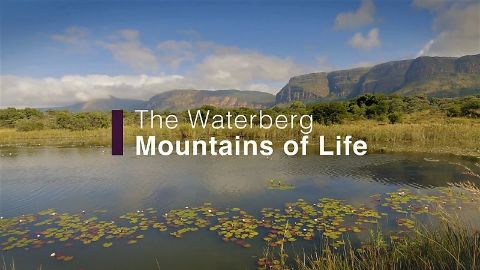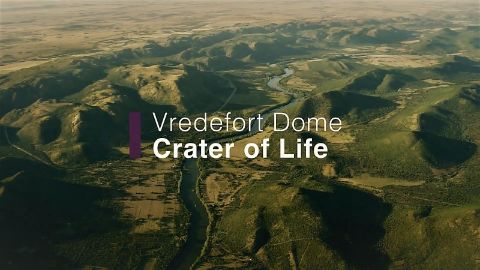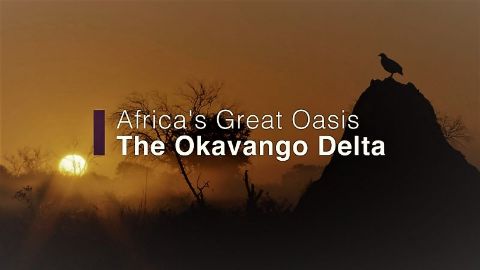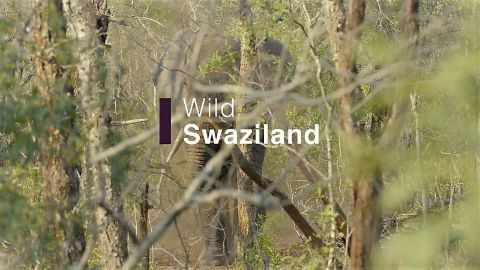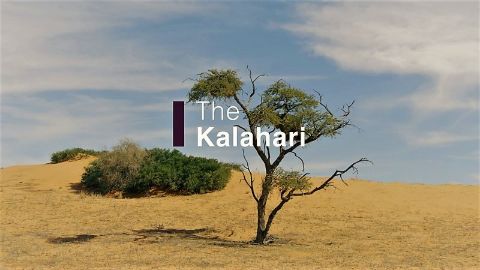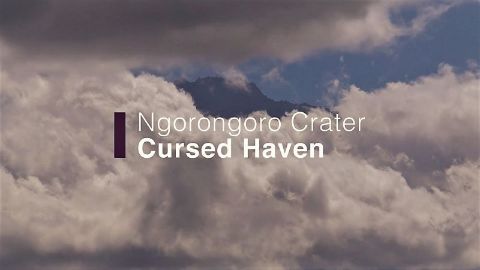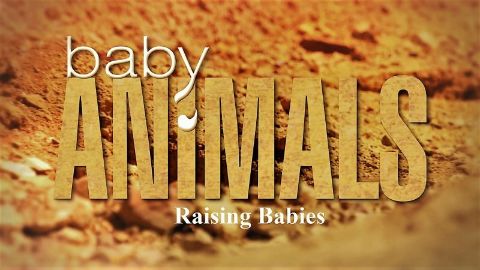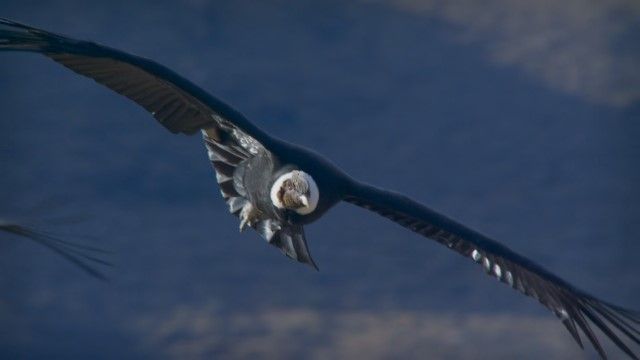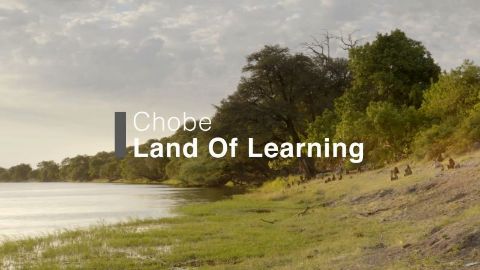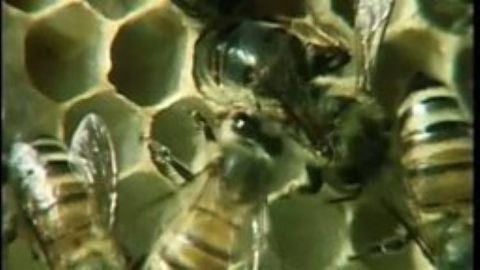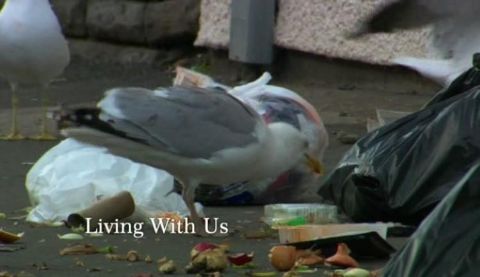The Waterberg Mountains of Life • 2017 • episode "S1E1" • Africa's Wild Horizons
Take a trip through the spectacularly diverse terrain of the Waterberg--a South African land so old it was formed before terrestrial life itself. Today, its sprawling grasslands are home to some of the most eclectic wildlife on Earth, all sustained by the region's abundant water supply.
Make a donation
Buy a brother a hot coffee? Or a cold beer?
Hope you're finding these documentaries fascinating and eye-opening. It's just me, working hard behind the scenes to bring you this enriching content.
Running and maintaining a website like this takes time and resources. That's why I'm reaching out to you. If you appreciate what I do and would like to support my efforts, would you consider "buying me a coffee"?
Donation addresses
BTC: bc1q8ldskxh4x9qnddhcrgcun8rtvddeldm2a07r2v
ETH: 0x5CCAAA1afc5c5D814129d99277dDb5A979672116
With your donation through , you can show your appreciation and help me keep this project going. Every contribution, no matter how small, makes a significant impact. It goes directly towards covering server costs.
